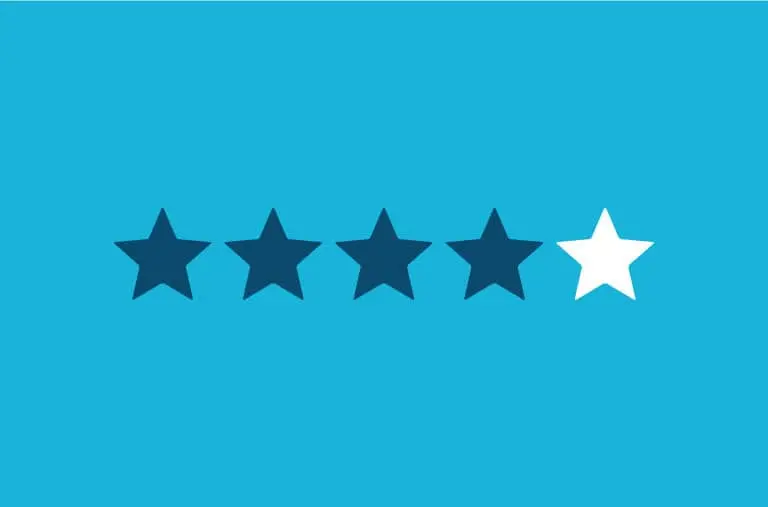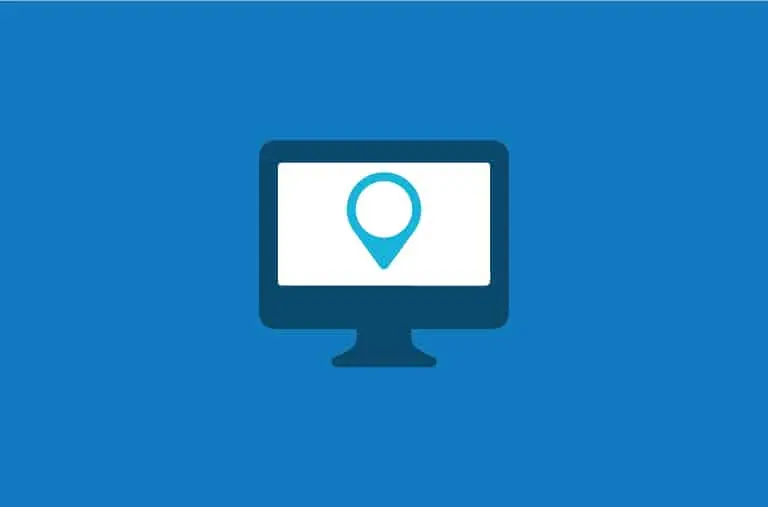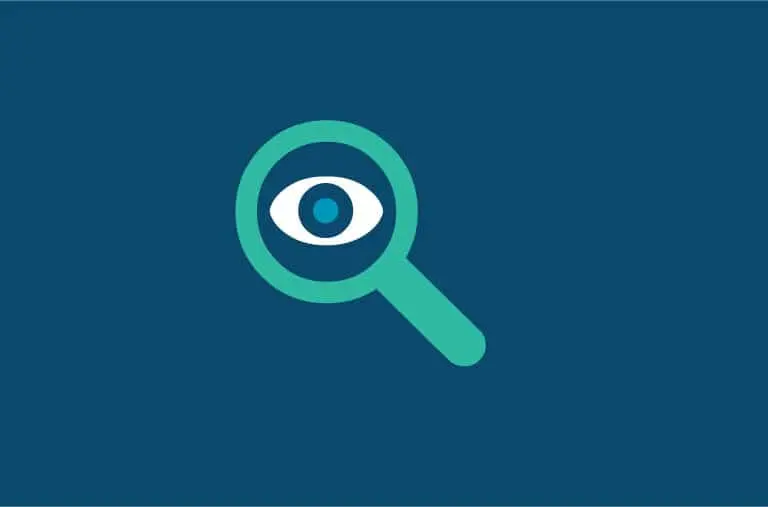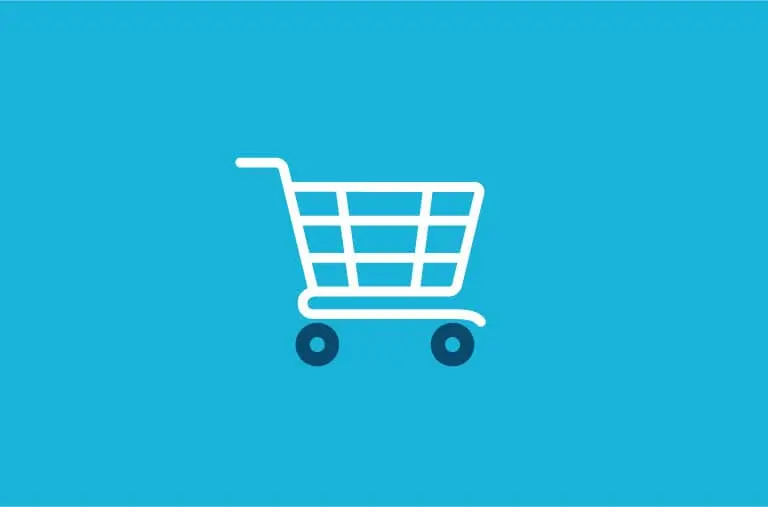What Does CRM Stand For?
The CRM acronym stands for Customer Relationship Management. The CRM definition is a software solution that manages customer and prospect information while tracking the customer journey. Most employees, including sales teams, marketing, and customer support, use the CRM data stored in a central location.
Data in a central repository allows your teams to access real-time information. CRM tools can increase productivity, improve customer relationships, and drive more business. This business strategy includes small businesses up to enterprise companies.
What Does CRM Mean?
The term “CRM” dates back over twenty-five years to a system called “Contact Management.” Contact management was a simple tool that allowed users to track basic information, including addresses, phone calls, and appointments. Salespeople referred to contact management as an “automated Rolodex.”
Years later, software vendors took contact management and added sales features. For the first time, businesses could automate their sales processes. Sales teams also tracked their opportunities, forecasts, and quotes. After that, the software industry started referring to these solutions as Sales Force Automation (SFA).
The software term, Sales Force Automation, didn’t stay around for long. Vendors realized they needed more than sales features. So, SFA companies added more tools like marketing campaigns and customer support. These enhancements encompassed the entire customer relationship.
So, the name was changed to Customer Relationship Management (CRM).
What Does a CRM System Do?
A CRM system is a ‘front office’ application. Front office applications are ‘customer-facing’ solutions. Simply put, it’s an application used by employees dealing directly (face-to-face) with their customers.
These team members have ongoing customer interaction. They include sales reps, marketing, and customer service teams.
CRM software covers the entire life cycle of a customer’s journey. It starts with marketing to prospects and generating opportunities. Details are captured and shared throughout the complete sales cycle.
After closing the deal, your customer support team helps with questions and issues. And then you start all over again with cross-selling and up-selling. If your company does a great job during this process, the cycle will continue to go on and on.
CRM solutions (installed correctly) increase productivity and improve customer satisfaction. For example, they bring more revenue to your business’s bottom line. But, before installing a CRM system, companies must look at their business processes. Automating these processes leads to higher user adoption of the system.
Your CRM needs to fit your business model instead of forcing your business into a CRM solution. The system needs to be flexible enough to meet your needs.
Key Features of CRM
The four key features of any Enterprise CRM:
- Relationship Management
- Sales Force Automation
- Marketing Automation
- Customer Service & Ticketing System
- Relationship Management Database
Relationship Management
The relationship database is a central repository that manages prospect and customer data. The software data is on a server at your site, “on-prem.” or hosted by a vendor, “cloud-based CRM.”
All conversations, tasks, and activities are stored with the contact details. The data is securely shared across your organization. This communication fosters collaboration between departments, providing consistent messaging to your customers.
Sales Force Automation
Sales reps create and share opportunities in the sales force automation database. Sales management can view real-time sales forecasts and pipelines on dashboards and reports. Quotes are also created using a product and services catalog, and contracts are added. This functionality provides a 360-degree view of sales processes, activities, and contact information.
Marketing Automation
Marketing automation is for prospecting potential customers and servicing existing customers. For instance, you can create marketing campaigns with personalized emails with templates. Then, track who has opened the emails and clicked the links. This process helps the marketing teams know when a lead is qualified to pass to the sales team.
Marketing teams can track a campaign’s success through the sales cycle. Using the same metrics, ROI is quickly determined after each marketing campaign.
Social media is another way to link customer and prospect information within your CRM. Stay current on the latest posts and create new ones for your company.
Customer Service/Ticketing System
Customer service features to ensure customer satisfaction and retention. You respond to customers with more accurate information quickly. U.S. companies lose half their customers every five years. It is much more difficult to capture new customers than keep existing ones.
Top Benefits of CRM
The main benefits of a CRM system are improved productivity, better customer experience, and increased sales. Manual processes are automated, and issues are solved more efficiently. Accomplish each aspect through the four key areas of CRM.
Relationship Management Database Benefits
- 360-degree view of your customers
- Customer data shared throughout your organization
- Task and activity notifications
- Real-time access with mobile CRM
Sales Force Automation Benefits
- Automated sales processes
- Opportunity management
- Up-selling opportunities
- Sales Pipeline creation and real-time reports
Marketing Automation Benefits
- Customized communications with prospects and customers
- React when contacts engage with marketing data
- Focus on quality leads
- Constant communication and tracking engagement
Custom Service Benefits
- Customer loyalty
- Customer retention (Keep customers longer)
- Fast resolution to issues
- Real-time escalation & notifications
Types of CRM
There are three different types of CRM. Those include Operational CRM, Analytical CRM, and Collaborative CRM.
- Operational CRM – Front office management and business processes
- Analytical CRM – Data analysis
- Collaborative CRM – Internal communication with teams and outside customers, prospects, vendors, etc.
To read more details, check out our blog, “Types of CRM and How to Choose the Right One.”
CRM Examples
According to IBISWorld, there are 1,787 CRM System Providers businesses in the US as of 2023, an increase of 14.8% from 2022. Having this many options makes it important that you choose a reliable vendor that has been in the CRM software business for a long time and has great customer reviews. Some notable CRM vendors are:
- Salesforce
- Clear C2’s C2CRM
- Hubspot
- Pipedrive
Conclusion
Are you new to CRM? Or are you investigating an automated tool to manage your customer information? Maybe you’re using your email or Excel spreadsheets to track customer information. Exactly what you need is a CRM platform.
In conclusion, successful companies understand the needs and demands of their customers. Your competitors are more than likely using a CRM for their customers…do not get left behind! We’d love to help with your selection if your business needs a CRM system. Schedule a demo or call us at 972.304.7111.







